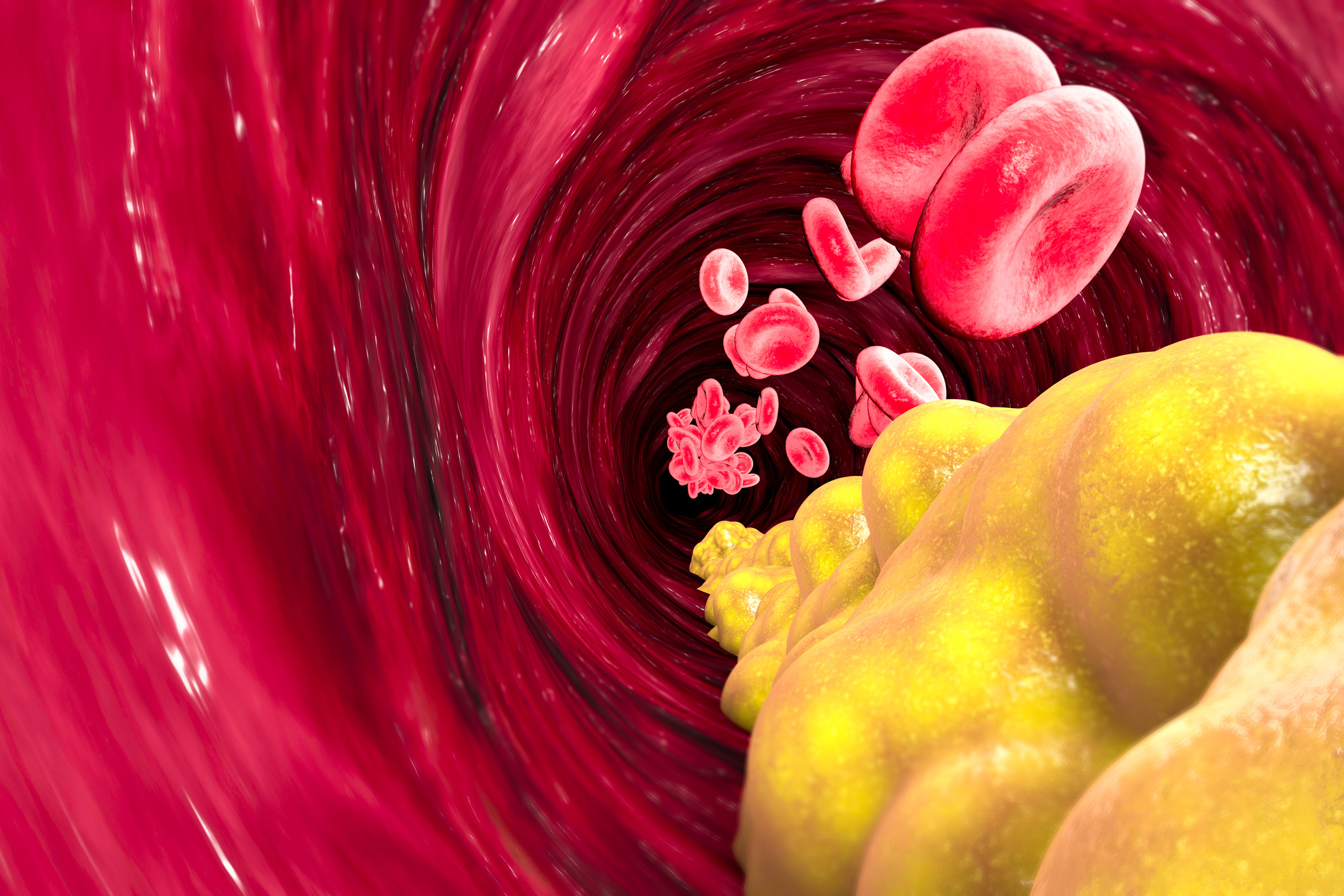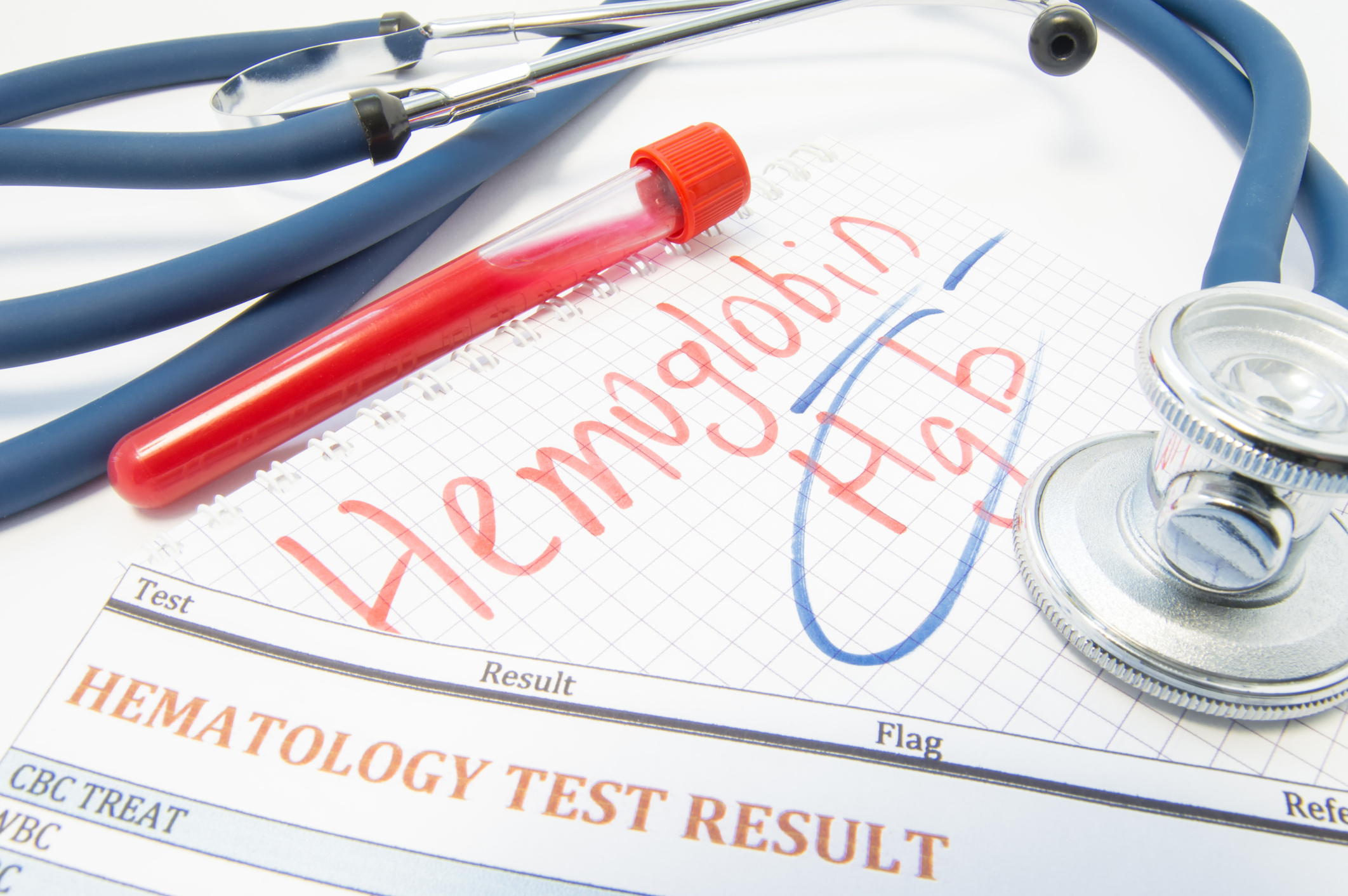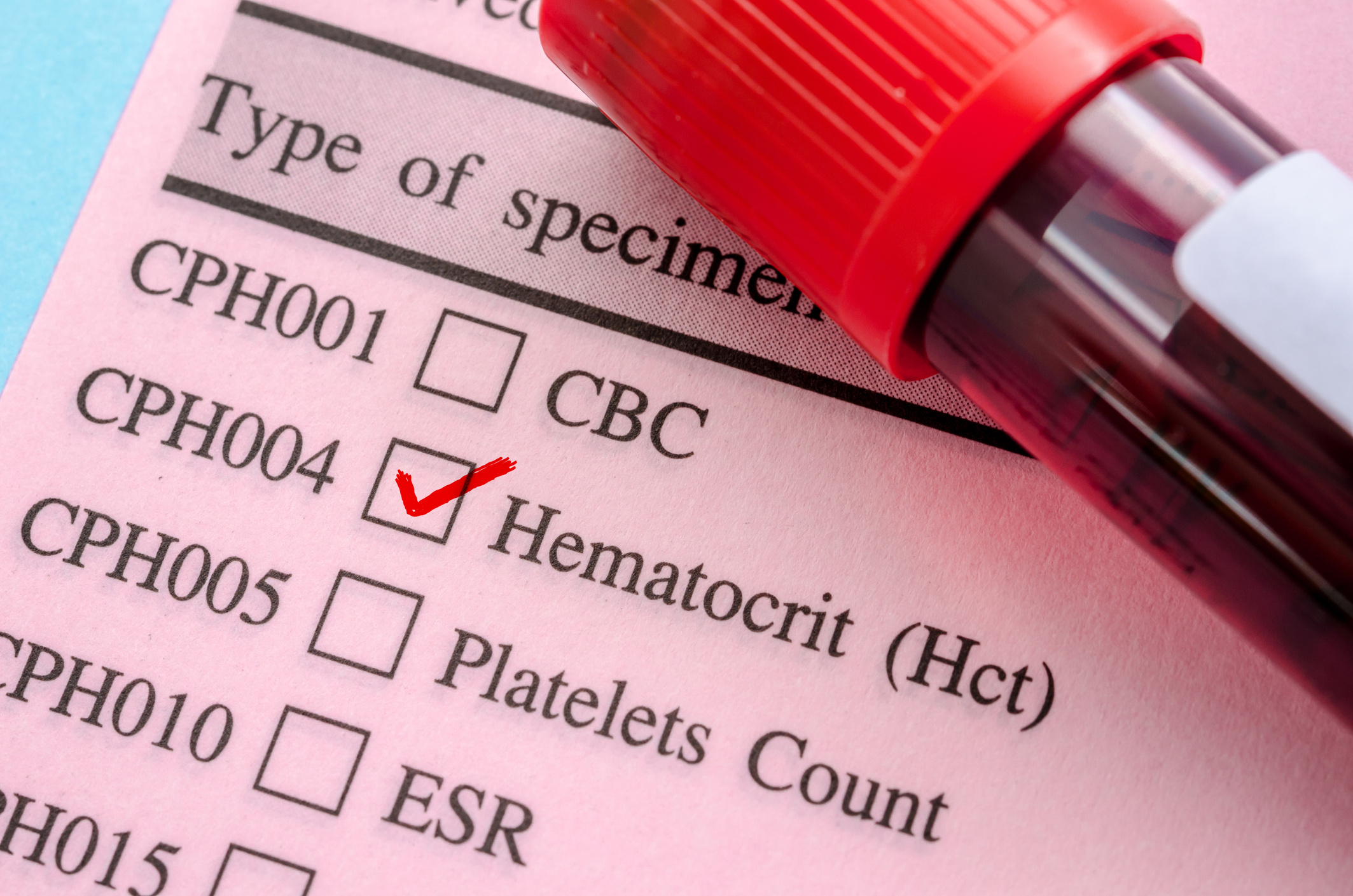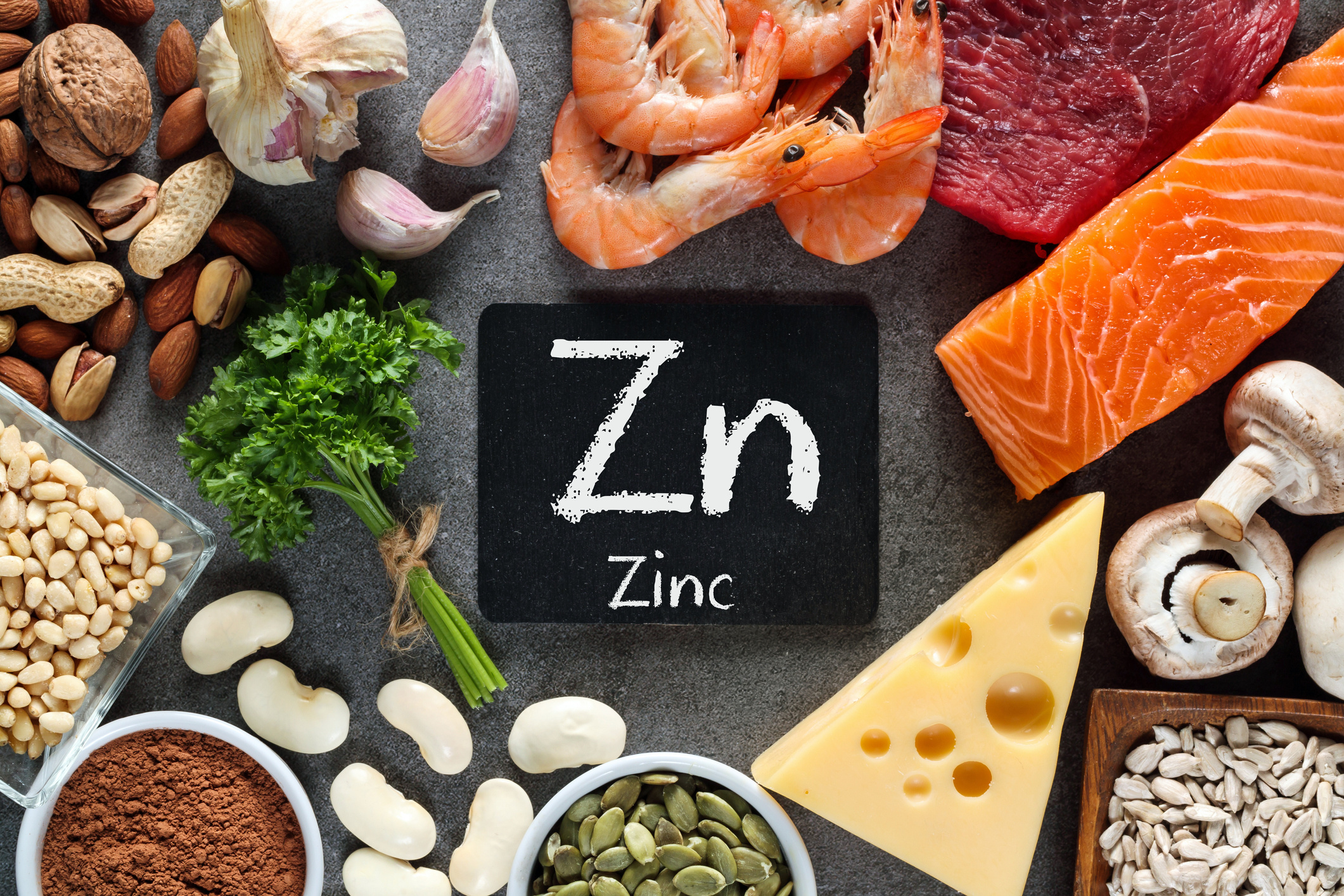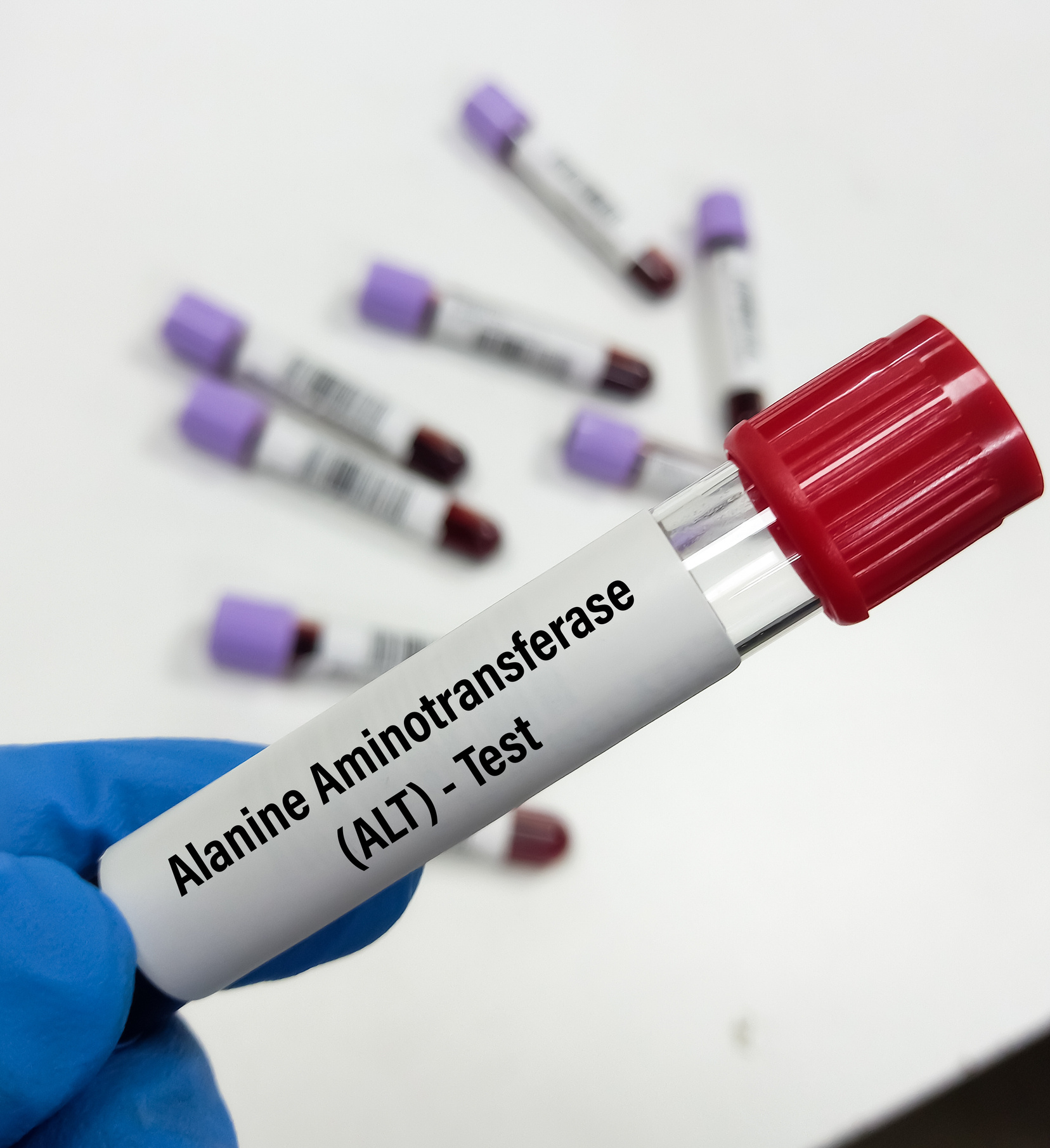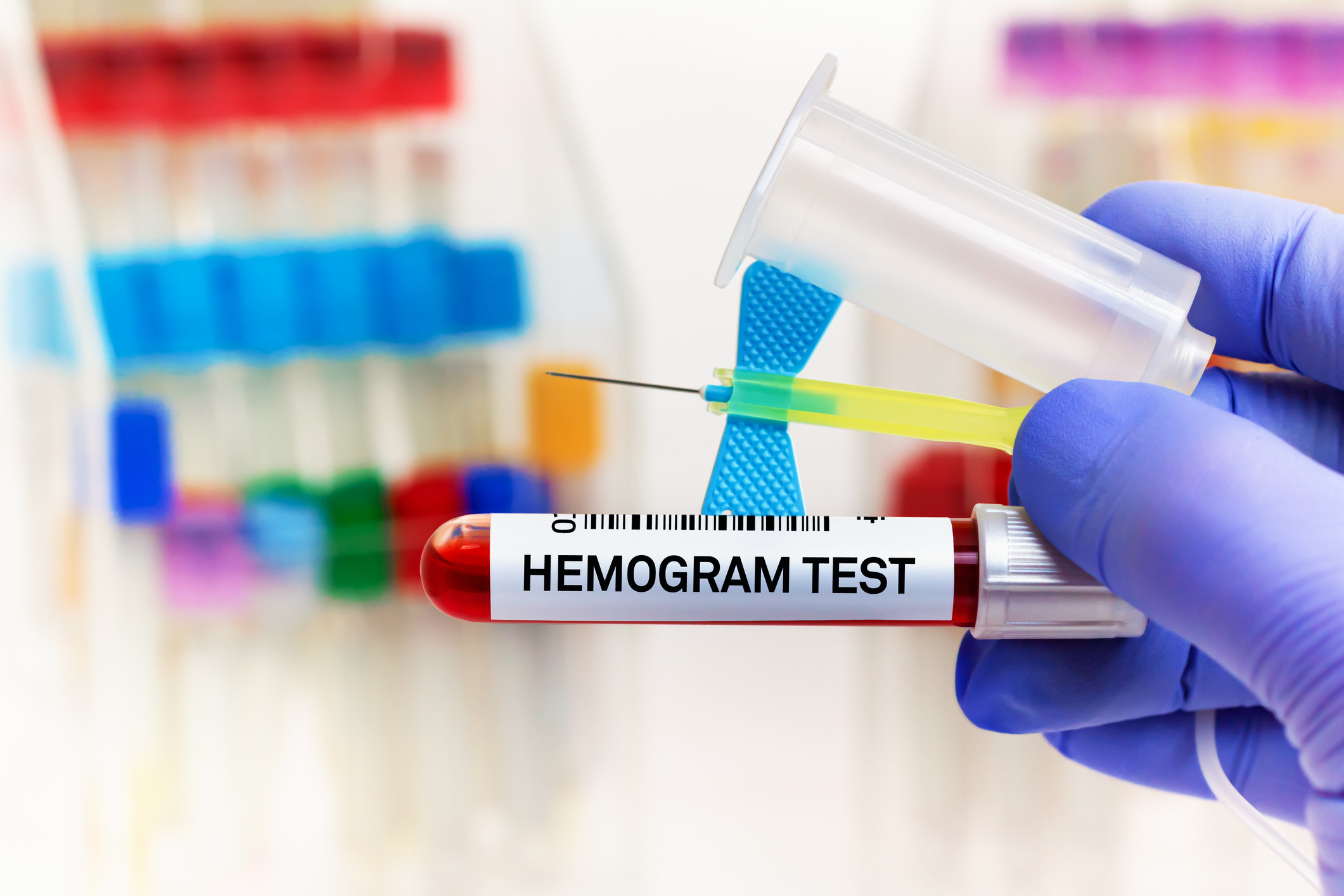
İnci Küçükercan
She has been working as a biochemistry specialist at Anadolu Medical Center since 2005.
Speciality
- Biochemistry and clinical biochemistry specialist
- Health institution management
- Occupational medicine
- Patient safety
- Patient satisfaction
- Patient focus
Education
University
Istanbul University Cerrahpaşa Medical School, Istanbul 1984
Anadolu University Health Institution Management, Eskişehir
Specialty education
Dr. Lütfi Kırdar Training and Research Hospital, Biochemistry and Clinical Biochemistry Department
Institutions Worked At
İnci Küçükercan, MD, served as biochemistry specialist at Dr. Lütfi Kırdar Training and Research Hospital between 1994 and 2005. She worked as laboratory chief at UNIMED outpatient clinic between 2001 and 2003. Küçükercan, MD, has been working as a biochemistry specialist at Anadolu Medical Center since 2005.
- Turkish Biochemistry Society
- Clinical Biochemistry Society
- Society of Clinical Biochemistry Specialists
- Istanbul Medical Chamber
- Marmara University Health Education Faculty, Microsoft, Windows 95 and Office 97 Package Software Certificate Program, 20 March-5 May 1998
- Turkish Standards Institute, TS-EN-ISO 9000:2000 Quality System Management Training, Dr.Lütfi Kırdar Kartal Training and Research Hospital, 2002
- Unimed Time Management Training Seminar, 12-13 June 2003
- Unimed Personal Quality Training Seminar, 10 July 2003.
- Turkish Clinical Biochemistry Society Istanbul Branch, Laboratory Organization Management and Quality, 3-4 April 2004
- IInd National Congress of the Society of Clinical Biochemistry Specialists, Biostatistics Course Bodrum 21-25 September 2004.
- Turkish Clinical Biochemistry Society Istanbul Branch, Electrophoresis Course, Istanbul 01 February 2008
- Turkish Clinical Biochemistry Society Istanbul Branch, The Role of Statistics in Scientific Studies: Methods That Must be Known and Areas of Application, 26-27 March 2012
1- Türkalp I, Küçükercan İ, Kaptanağası A, Çamursoy N. Levels and correlation of anticardiolipin antibodies and lupus anticoagulants in ischemic cerebrovascular diseases. Haydarpaşa Numune Hospital Medical Journal. 1995; 35(1): 1-8.
2- Türkalp I, Çamursoy N, Kaptanağası A,Turan ZL, Küçükercan İ. The value of serum ferritin in the diagnosis of iron deficiency anemia in children between 0-6 years of age. Haydarpaşa Numune Hospital Medical Journal. 1997; 37(1,2): 12-18.
3- Türkalp I, Kaptanağası A, Sezer F, Çamursoy N, Küçükercan İ. Comparison of sarcosine oxidase and Jaffe method in creatinine assay. Haydarpaşa Numune Hospital Medical Journal. 1997; 37(1,2): 25-29.
4- Yalçınkaya C, Gibson KM, Gündüz E, Koçer N, Fıçıcıoğlu C, Küçükercan İ. MRI findings in succinic semialdehyde dehydrogenase deficiency. Neuropediatrics. 2000; 31: 45-46.
5- Orçun A, Küçükercan İ, Bakmaz G. Importance of cardiac troponin T in the evaluation of reperfusion in cases with acute myocardial infarction. Haydarpaşa Numune Hospital Medical Journal. 2001; 41(1): 17-19.
6- Orçun A, Çamursoy N, Küçükercan İ. Lp(a) as a risk factor in atherosclerosis. Klinik Gelişim. 2001; 14: 37-40.
7- Küçükercan İ, Çakır Ö, Tokdemir G, Baloğlu G, Orçun A. Comparison of CK-MB activity and mass measurement methods in cases with acute myocardial infarction and healthy individuals. Kartal Training and Research Hospital Medical Journal. 2003; 14(1): 27-29.
8- Küçükercan İ, Orçun A, Baloğlu G,.Gözaydın H, Tekçe B. Investigation of the correlation of HbA1c levels with age. Kartal Training and Research Hospital Medical Journal. 2003; 14(2): 95-97.
9- Küçükercan İ, Gözaydın H, Baloğlu G, Orçun A. Investigation of free deoxypyridinoline in untreated postmenopausal women. Klinik Gelişim,
10- Orçun A, Küçükercan İ, Çakır Ö, Kolcu N, Tekçe B. Comparison of diagnostic criteria for diabetes mellitus. Turkish Clinical Biochemistry Journal. 2003; 2: 69-74.
11- Gözaydın H, Küçükercan İ, Ökte M, Baloğlu G, Tunçbilrk N, Orçun A. Can B-C terminal telopeptide and osteocalcin be useful in the diagnosis of osteoporosis? Turkish Clinical Biochemistry Journal. 2004; 2(1):35-40.
12- Tekçe B, Orçun A, Küçükercan İ, Çamursoy N, Çakır Ö. Comparison of flow microscopy and manual microscopy in microscopic examination of urine. Kartal Training and Research Hospital Medical Journal. Accepted to be published in the 3rd volume of 2003.
PAPERS
1- Ist National Clinical Biochemistry Congress. 19-23 April 2000, Kuşadası. P:81. Lipoprotein(a) as a risk factor in atherosclerosis.
2- 17th National Biochemistry Congress, 24- 27 June 2002, Ankara. P.111. Investigation of free deoxypyridinoline in untreated postmenopausal women.
3- 17th National Biochemistry Congress, 24- 27 June 2002, Ankara. P112. Comparison of CK-MB activity and mass measurement methods in cases with acute myocardial infarction and healthy individuals.
4- IIIrd National Clinical Biochemistry Congress, 30 April-4 May 2003, İzmir. P-42 Comparison of diagnostic criteria for diabetes.
5- IIIrd National Clinical Biochemistry Congress, 30 April-4 May 2003, İzmir. P-43. The relationship of HbA1c and OGTT in the diagnosis of diabetes.
6- IIIrd National Clinical Biochemistry Congress, 30 April-4 May 2003, İzmir. P44. Investigation of the correlation of HbA1c levels with age in healthy individuals.
7- Society of Clinical Biochemistry Specialists Ist National Congress, Clinical Biochemistry Days, 1-4 October 2003, Ürgüp. P.90 Can -C terminal telopeptide and osteocalcin be useful in the diagnosis of osteoporosis?
8- IVth National Clinical Biochemistry Congress, 5- 9 September 2004, Marmaris. P-104. NT-proBNP values in hemodialysis patients who have developed heart failure.
9- IVth National Clinical Biochemistry Congress, 5- 9 September 2004, Marmaris. P-122. The effect of digital rectal examination on serum complex prostate specific antigen levels.
10- IVth National Clinical Biology Congress, 5- 9 September 2004, Marmaris. P-123. The effect of hemodialysis on serum total PSA, free PSA, free/total PSA ratio and complex PSA.
11- IVth National Clinical Biology Congress, 5- 9 September 2004, Marmaris. P-136. Creation of median values for AFP, HCG and fE3 according to our laboratory data.
12- IInd National Congress of the Society of Clinical Biochemistry Specialists, 21- 25 September 2004, Bodrum. P-83. Protein C and protein S levels in Type Diabetics.
Featured Cancer Articles
- 6 Nutrition Tips for Those Who Fast
- What is Disease X (Virus X)?
- How Does Cancer Form?
- What is an Ovarian Cyst?
- What is Cervical Cancer?
- What Are the Symptoms and Treatment Methods of Testicular Cancer?
- Symptoms, Diagnosis, and Treatment Process of Bladder Cancer
- Liver Cancer
- What is Stomach Cancer? What are Its Symptoms and Treatment?
- Thyroid: What is it, Symptoms, Diagnosis, and Treatment



